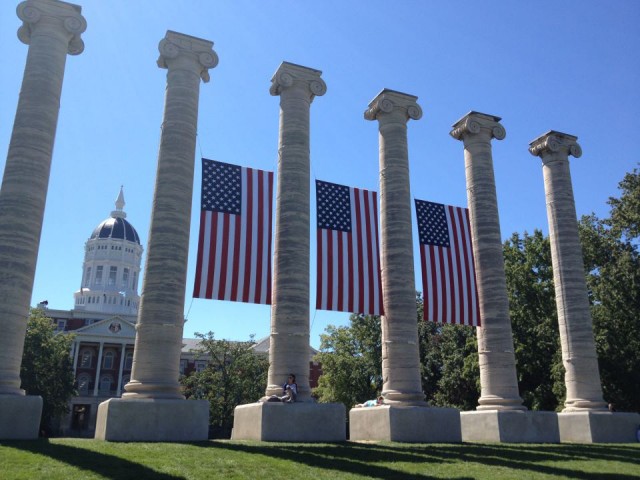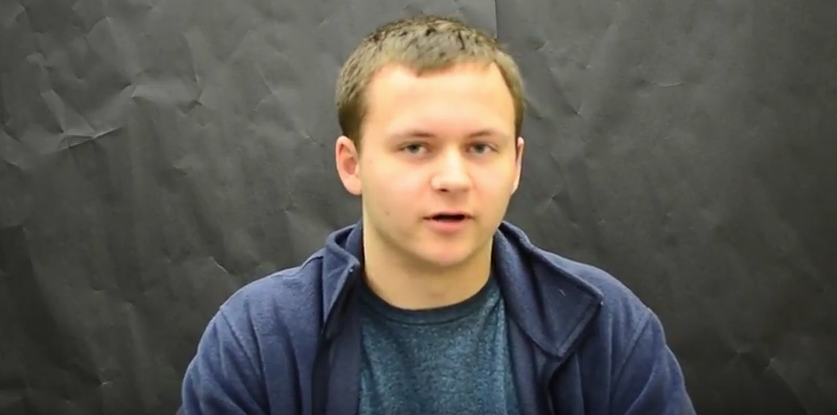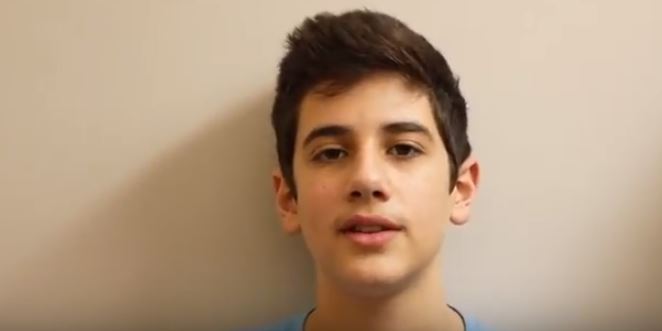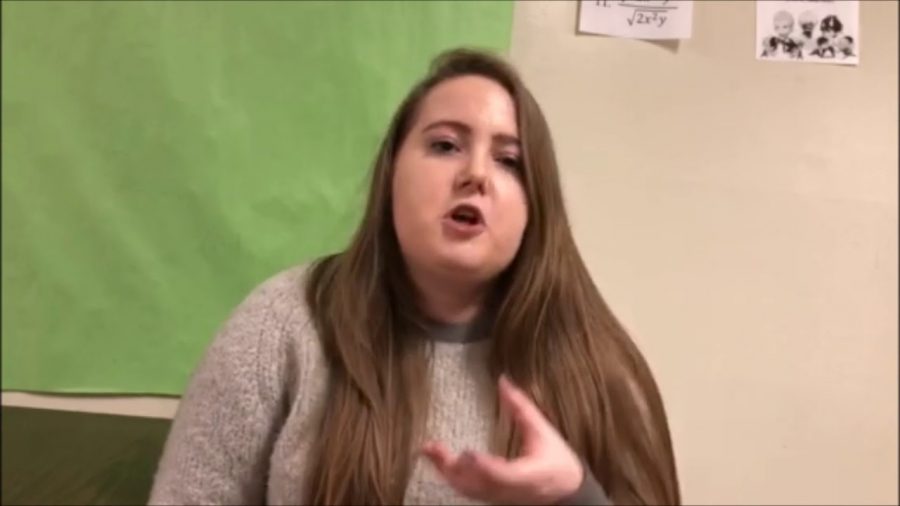The lines determining one’s rights are more blurred than ever, with constitutional rights being mocked when in use. For example, mixed reactions occurred toward the ‘Take a Knee’ demonstration during the national anthem by multiple national football teams. Some applauded the football players for protesting police brutality, while others were appalled at what they considered a distraction.
Regardless of personal sentiment, this action is protected by the First Amendment, commonly referred to as the freedom of expression. It gives American citizens the right to free speech, to a free press, to freedom of religion, to assemble — or protest — and the right to petition. These rights are considered by many politicians, historians and citizens alike, to be the underlying core of the United States.
They must remain a protected right of the people, Missouri School of Journalism Professor Anna Romero said.
“Free speech is needed or the media will not be able to keep a system of checks and balances. This is dangerous,” Romero said. “Hate speech will still exist even if free speech is limited. We need the First Amendment rights.”
AP U.S. Government teacher Debra Perry agrees with Romero, emphasizing that citizens not only have underlying, unalienable rights, but the responsibility to fight when those rights are infringed upon, as well.
“It’s not what the government can do for you, but what we can do for the community as well,” Perry said. “If we are aware of the responsibility, if we are aware of the rights, we can recognize when they are not being upheld. For ourselves and for other people we have to stand up for ourselves and for others. We have to uphold this democracy.”
Senior Alexis Garrison pointed out that in order to recognize when rights are violated, the people first must know them. Because she was not able to recall her rights given under the First Amendment, she said that schools need to teach them in a more effective way in order to maintain a productive and safe society.
“I don’t remember [learning the First Amendment rights in high school],” Garrison said. “They probably should’ve been taught better because I don’t remember them … I guess if anyone got in trouble it’s good to know what your rights are and what you need to do in that situation. I don’t think I’ll be in that situation, but some people could be.”
RBHS typically teaches students about the constitutional amendments in freshman civics classes, which Perry also teaches. She said there are a variety of teaching tools she uses in the classroom to teach her students their rights.
“We always check out current events, what’s going on in CNN student news, [and if the students] know their 10 for 10 [rights]. We discuss the examples that we have there. We actually have units about that,” Perry said. “Right now we’re discussing important Supreme Court cases. We started out with this idea of John Locke and liberty and how do we balance the civic virtue and the good of the community with individual rights.”
The idea of balancing the good of the community with individuals’ rights have gone as far back as thirty years, with the Supreme Court case “Hazelwood v. Kuhlmeier.” The case dealt with student media rights and what jurisdiction the administration held over what was published. The Supreme Court ultimately decided in favor of the administration, who censored the Hazelwood student reporters over a story on teenage pregnancy.
While Perry wholeheartedly believes in freedom of the media, regardless if student-run or not, she agrees with the Supreme Court’s decisions involving student speech, saying a publication should not be able to put out whatever it wants.
“I think that a student paper, any paper, can publish whatever it wants to without limitations is just not real world, but I think caution should be used [to limit that],” Perry said. “It shouldn’t be willy-nilly; there must be some kind of compelling reason for that.”
Romero asserts that although caution should be used, the current political climate may cause more discretion than needed. She points out that with high-profile figures calling into question the dependability with the media, the media will be more unwilling to go after the hard stories.
“If a student journalist does not know their rights, they won’t go after the stories that the public needs to know and wants to know,” Romero said. “We need to report the real news and fight fake news. We need to keep the government and politicians in check. We won’t remain a democracy without journalists and free speech.”
The question that remains, then, is what exactly qualifies as free speech. According to Britannica, speech that is not protected under the First Amendment includes defamation, fraud, obscenity, child pornography and threats.
“Maybe a conversation, but it certainly can’t be about one person and what they want. It has to be about what the community comes to and figures out, and it can’t even be a couple of people,” Perry said. “When you have a broad, diverse, holistic society, there are going to be things people are uncomfortable with, period. That’s just gonna happen. The question to ask, then, is, is it going to be harmful to the community? Does it harm others? If the answer is yes, then we’ll have to do something about it.”
There are terms that do not technically violate the First Amendment but offend certain groups of people nonetheless. In 2015, a video showing University of Oklahoma fraternity members chanting racial slurs led to the expulsion of two students.
Despite general agreement from the public that the students deserved the consequence, some scholars came to their defense, arguing that they hadn’t violated the law regardless of the vile nature of their statements. When it comes to hateful speech being a protected right, Garrison is not in total agreement.
“I think some things are just very offensive to other people even though you might not think it’s offensive. I understand that you have free speech, [but] you have to think about others, too,” Garrison said. “In middle school, this girl kept saying the word ‘gay,’ and using it like, ‘That’s so gay.’ Like, that’s not OK. She got in trouble for that. Not using words correctly can offend other people. In certain contexts, [certain words] should not be allowed.”
Despite disagreement over whether or not certain language should be preserved by the Constitution, individuals have the right to petition and protest against anything they feel threatens national democracy.
“Standing up on some basic level means I am not going to remain silent when there is an opportunity to speak up. Maybe it means I’m going to write important officials, or I’m just going to share the message with others,” Perry said. “Maybe it means I’m going to run for office myself. So I think anything other than pretending that it’s not happening is an act. The individual has to decide what they can do because we are all called to do the same thing, it’s just that we can’t do nothing.”
What do you think? Should the First Amendment protect student speech?
Categories:
Protection of First Amendment rights under scrutiny
January 31, 2018
0
Tags:
More to Discover


















































































